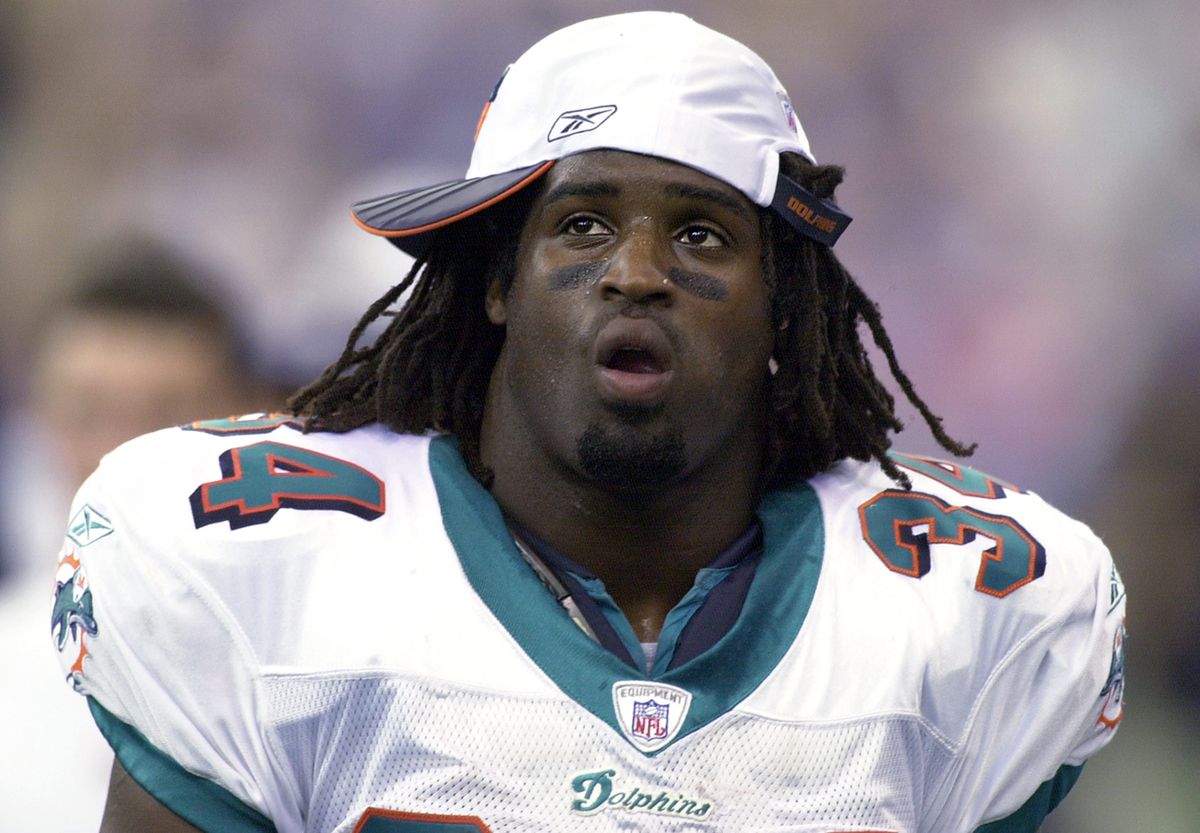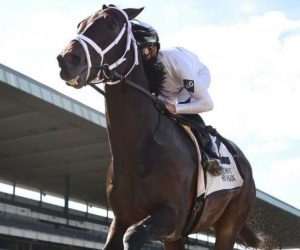The new NFL collective bargaining agreement (CBA) signed March 15 modifies the rules for marijuana use. While big player wins include more revenue sharing and higher minimum salaries, a more lenient marijuana policy is a side benefit of the new CBA. But the incremental change may not be enough for some.

MLB dropped marijuana from its prohibited “Drugs of Abuse” list back in December. The legalization of medical marijuana in more than 30 states was a factor in MLB’s decision. Some major league sports, however, have been slow to alter their marijuana rules, even as society — and their own players — advocate for change.
When Pain is a Part of the Game
A number of NFL players have pressed for more lenient marijuana rules. After he retired, two-time Super Bowl-winning linebacker Chris Young disclosed his marijuana use as a player. He’s hardly the only one who thinks marijuana is a better option for pain management than prescription opioids. And he’s hardly the only NFL player to be an advocate for change.
Former NFL tight end Nate Jackson’s New York Times Op-Ed entitled, “The NFL’s Absurd Marijuana Policy,” dates back to 2014. In a Chicago Tribune interview, former QB Jim McMahon said that medical marijuana got him off pain pills. Eugene Monroe was still an active NFL player when he publicly denounced the league’s marijuana policy. In fact, he funded the public service announcement “When the Bright Lights Fade,” which discusses how NFL players could benefit from the use of cannabidiol (CBD), a key component of medical marijuana.
But players may not be getting everything they want from the NFL’s new marijuana policy,
NFL’s New Marijuana Policy Only Goes So Far
While the new NFL marijuana policy is looser, it’s still pretty tight.
The good news is that NFL players won’t be suspended for marijuana use — at least for their first three offenses. After that, it depends on whether they are “cooperating with testing and clinical care.” Players will, however, be subject to fines of up to three weeks of salary.
The testing threshold is higher. Until now, NFL players would test positive if they had 35 nanograms or more of marijuana their systems. That was basically low enough to trigger a positive from second-hand smoke. The new rules set the threshold at 150 nanograms or more.
So, while it is progress, the NFL’s new marijuana policy isn’t a game-changer.











